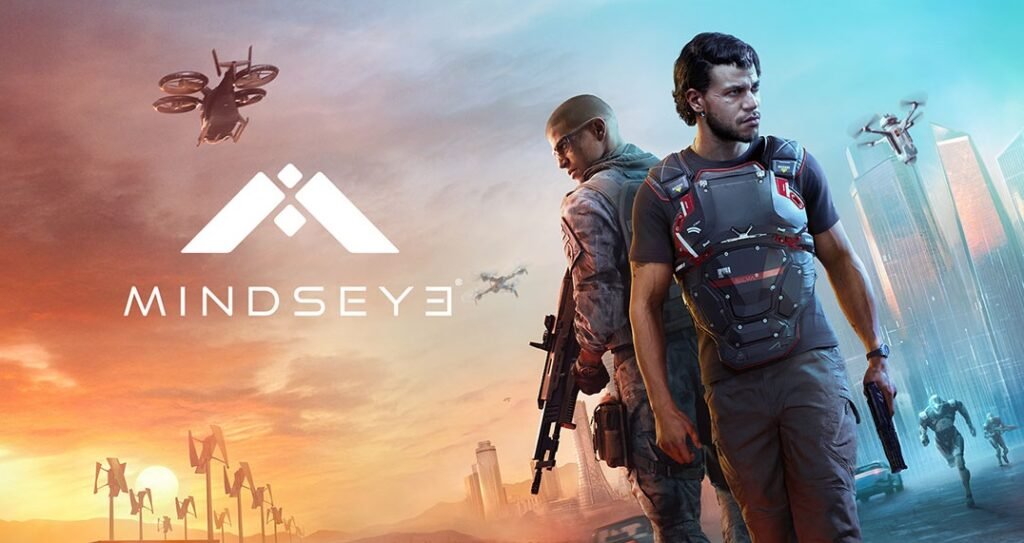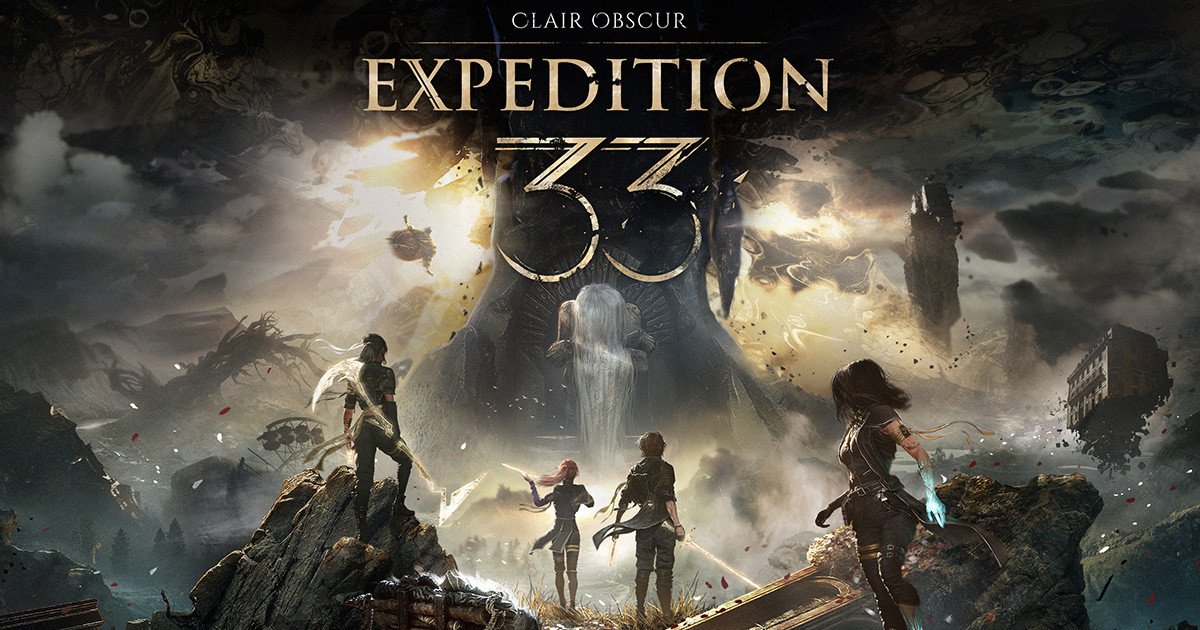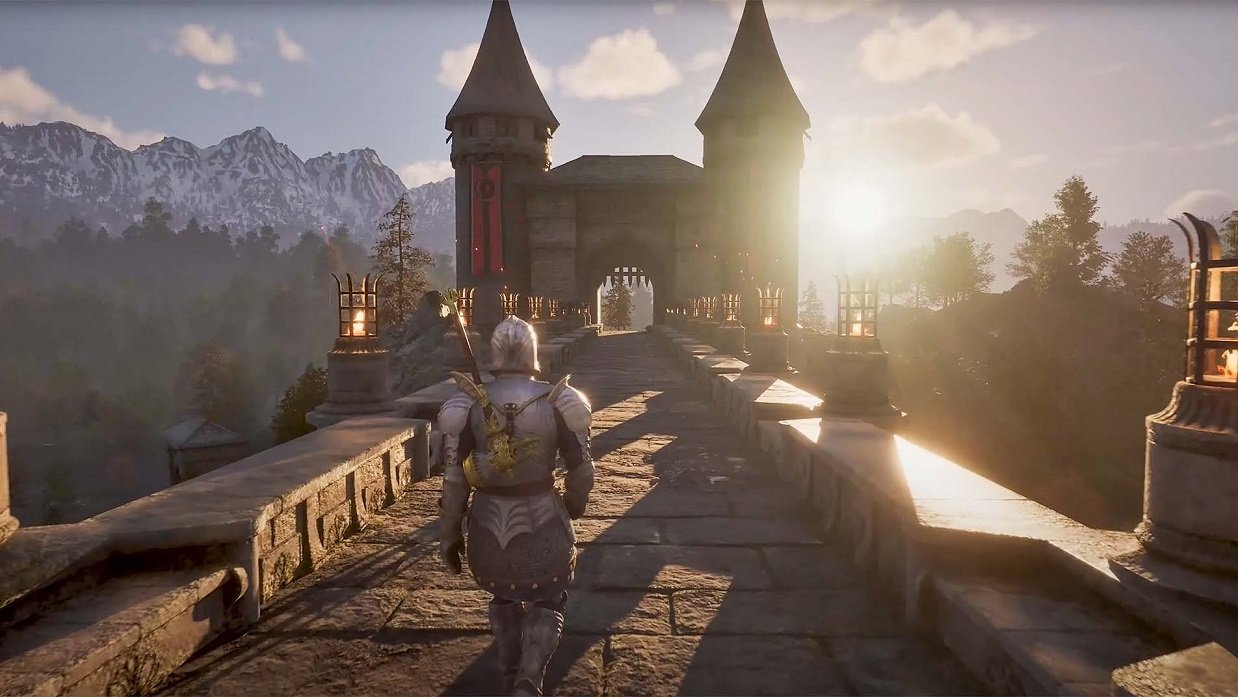MindsEye Review
On June 10, 2025, one of the most anticipated games was released – MindsEye. This is an action-adventure thriller, created by the Build A Rocket Boy studio and published by IO Interactive Partners. It was of particular interest because it was written by the former president of Rockstar North, Leslie Benzies. This is a person who participated in the creation of several masterpieces of the Grand Theft Auto series.
MindsEye is a combination of the cyberpunk genre and the GTA formula, set in the fictional American desert town of Redrock in the future. The main character of the game is Jacob Diaz – a former soldier who has a neural implant and struggles with memory problems.
- Platforms: PlayStation 5, Xbox Series X/S, PC (Steam)
- Developer: Build A Rocket Boy
- Publisher: IO Interactive Partners
- Release Date: June 10, 2025
- Genre: Action-Adventure, Third-Person Shooter
- ESRB Rating: M (Mature 17+)
The game was released on all major platforms at the same time, but unfortunately it was plagued with problems from the start. The PC version in particular became notorious for its technical glitches and poor optimization. The user ratings on Steam are very low, and the critics’ ratings are not that high either.
MindsEye Story
MindsEye’s plot is awash in cyberpunk clichés. The game’s story takes place in 2060, in a future America where corporations, political corruption, and the threat of artificial intelligence reign supreme.
As we’ve already told you, the game’s protagonist, Jacob Diaz, is a former military officer who was implanted with a neural implant during the war. This implant allows him to “hack” the real world – stop cars, control electronic devices, and so on. But the implant has negatively affected his memory and caused some damage. Now he’s trying to figure out which of his past memories are real and which are fake.

MindsEye’s campaign lasts about 15 hours, if you only follow the main missions. The story begins with Diaz arriving in the city of Redrock in search of a missing brain recording. Redrock is a typical open-world city – large, open, but actually poor in content. The city is divided into four districts: the central business district, the industrial zone, residential areas and the suburbs.
The studio tried to create a deep narrative around themes of memory, identity, and reality. For example, during the game you often can’t tell if what you’re seeing is real or a hallucination caused by the implant. Sometimes missions start in the real world and end in the imaginary world, sometimes the other way around. The concept is interesting, but the execution is so poor that you’re left a little disappointed and confused.
In addition to the main story, we also have several secret narratives: the Mindware corporation, which produces neural implants, in agreement with the government, is trying to control people’s minds with these implants. A classic cyberpunk conspiracy theory that we’ve seen in countless movies and games. From Blade Runner to The Matrix, we’ve seen it all.
In my opinion, the main problem with MindsEye’s story is the characters. For example, Diaz is such a worthless protagonist that his very first monologue is a turn-off. His counterparts are so one-dimensional stereotypes that they could have come straight out of a 90s B-category movie. The main antagonist, CEO Marcus Webb, is “evil corporate executive” No. 101, who is interested in nothing but evil. His motivation is simply “chaos and control”, which is so banally-derived.
The campaign missions are linear, but the game map is very large. It’s a bit of a contradiction – we have an open world, but the missions still take you along a predetermined path. The open world elements are mainly expressed in the fact that between missions you can wander around the city, find a few secret locations, or collect collectibles. But this does not have any significant impact on the main story of Tamas.
The only interesting element in the story are the “memory fragments” – bits of memory that you can collect throughout the game. These fragments often change your understanding of what really happened in Diaz’s past. Unfortunately, collecting them is such a tedious process that few people will bother to finish it.
MindsEye Gameplay
MindsEye’s gameplay is broken down into a few main components: third-person shooting, driving, open-world exploration, and some attempts at stealth. Unfortunately, all of these components come with significant problems.
The shooting mechanics, which are the core of the game, feel terribly archaic, as if you’re playing a game from 2015. Weapon handling is quite clumsy. Each weapon uses such a generic damage model that you’re completely insensitive to whether your shots are actually having an effect or not.
We have a variety of weapons in the game: pistols, assault rifles, shotguns, sniper rifles, and several sci-fi weapons. However, they all seem to be the same. All the weapons are so similar to each other that you don’t need any additional strategy to repel enemies.
The AI is so well-crafted that it sometimes feels like a bad thing. Enemies move in such a predictable way that you can just drop down where you expect them to appear and wait impatiently. Their combat behavior is the “run straight at the player” kind of thing, which these days feels like a good device, at least for a short while.





As for the stealth mechanics, they’re generally so crude that they’re unusable. You can feel the life of the enemies, but they move along predetermined routes and don’t have any new alternatives when they spot something unusual.
Driving, which is also an important part of the game, especially considering that Benzies come from the GTA story, is terribly underdeveloped. All cars behave strangely. Their acceleration, braking and handling are configured in such a way that they have nothing to do with real physics.
Exploration in the open world is an even more disappointing experience. The city of Redrock is large, but actually content-poor. Most of the city is inaccessible, so it’s simply decorated with prop buildings. Most importantly, the population in the city is so lifeless that it feels like deranged NPCs are walking around. Their animations and behavior are so repetitive that it feels like you’ve entered a ghost town attacked by 5-6 different character models.
The game has minimal side activities: collecting collectibles, a few racing challenges, and something called “cyber hacking.” “Cyber hacking” is simply a collection of non-interactive puzzles that are completely unplayable once you’ve completed them.
RPG elements are minimal, but there is a skill tree where you can unleash the potential of your cybernetic implants. These skills include: improved weapon accuracy, increased survivability in combat, remote control of vehicles, and the like. The ideas are interesting, but the execution is so weak that they have virtually no impact on the core loop of the game.
The most painful thing is that the game doesn’t really show any complex meta-strategy. Everything is so straightforward that it seems to be based on a checklist: here’s shooting, here’s driving, here’s exploration. But none of them actually work well. It feels like the game was rushed and released at some point, when it should have been in development.
MindsEye Technical Aspects and Visuals
MindsEye’s technical condition is critical. Since its release, the game has been notorious for its poor optimization, especially on the PC platform. With an RTX 4070 and a Ryzen 7 5800X, you had to get 45-55 FPS at 1440p on High settings, which is unacceptable these days. Switching to 1080p doesn’t make much difference – the framerate increases by only 10-15 FPS.
The most painful thing is stuttering. The game has some strange bad periodic frametime spikes that are so frequent that the game becomes unenjoyable. This problem is especially noticeable when moving around in the open world – some 2-3 second freezes associated with loading new areas.
VRAM usage is horribly inefficient. The game requires 8GB+ VRAM and when playing at recommended settings, textures just don’t load properly. You’ll often encounter pop-in effects, which are especially noticeable when driving fast or during area transitions.
Visually, MindsEye is mediocre by modern standards. The environment design is a bit lacking – Redrock City is built with a generic cyberpunk aesthetic: neon lights that somehow don’t work, gritty industrial zones, and futuristic skyscrapers. There’s nothing special or distinctive about it – it feels like it was created using a generic sci-fi city asset pack taken from concept art.
Character modeling and animation are so weak that sometimes you get an uncanny valley effect-like feeling. Facial expressions are so lifeless that during cutscenes, they’re just worthless robots talking to each other. Clothing details and textures are so low-resolution that they look like a PS3 game.
The car models are particularly terrible. Their geometry and texture quality are so poor that you could almost think they were placeholders that you’d find in a collectible today. The reflections on the cars are so high and the specular mapping works so poorly that they often look like some kind of plastic toy.
The only positive nuance visually is the lighting system. Thanks to it, the day and night cycles work well, especially at night the neon lighting gives a good effect. Unfortunately, this element alone is not enough to save the entire visual package.
MindsEye Audio
MindsEye’s audio design is an advanced part of what’s left behind. The sound and music part is actually well done and the only aspect that really stands out with a professional look.
The music falls into the dystopian cyberpunk soundtrack genre: ambient electronic music that can create a good atmosphere. Composer Mike Reagan (who has also worked on several Rockstar games) has created some really interesting and atmospheric pieces. The music adapts to different situations: calm ambient tones during exploration, heavy electronic beats during action sequences, and emotional orchestral pieces during cutscenes.
Voice acting is mixed. The voices of the main characters are above average, but the voices of the secondary characters and NPCs often sound amateurish. Jacob Diaz’s portrayal by Roger Craig Smith is average, but even his lines lack emotional depth. The rest of the cast is beautifully diverse, but their performances are often flat and lifeless.
The sound effects section is well done. The gun sounds are meaty and impactful, the vehicle engine sounds are realistic, and the environmental audio adds to the immersion in the open world. Even here, you’ll encounter a few glitches – sometimes audio cues don’t load properly or get stuck somehow, but such cases are rare.
MindsEye Final Verdict
MindsEye is a tragedy – not some artistically brilliant tragedy that had profound meaning, but simply a story of one big failure. It’s a game that had the potential to be great, but failed in almost every aspect of its execution.
Build A Rocket Boy had a lot of resources: one of the most successful game designers in the industry, the company’s own studio complex, and significant publishing support from IO Interactive. Everything was in place to create an ambitious and high-quality game. Unfortunately, the result is simply a broken experience.
Each of the core mechanics – shooting, driving, exploration – is so crude and underdeveloped that it bears little resemblance to the gameplay of an Istari game. The story follows the average cyberpunk tropes of other mentioned films and games, while the characters are nothing more than flat stereotypes.
The worst part is that it all failed to make it a really good game. The core concept is missing – memory manipulation, augmented reality cyberpunk setting, GTA-style open world – all of this could have been so usefully designed that the result would actually be desirable. But the subsequent failed execution made it completely unplayable.
There are a few moments where you can see a hint of this potential: a few open-world landscapes offer some nice vistas, some memory fragment narrations come close to interesting narrative structure, and a few action sequences stray from what the developers were trying to achieve. But these moments are so rare and so hampered by broken mechanics that they have no real impact on the overall experience of the game.
The reaction from the gaming community has been negative. The Steam rating is “Mostly Negative”, with user reviews describing the game as “unfinished”, “broken mess”, and “waste of money”. On Reddit, YouTube, and other gaming forums, MindsEye has become an example of a game that should not have been released in this state.
The technical problems are so serious that it’s impossible to ignore them. The development studio is working on releasing new patches, but every three to one month there are still a lot of game-breaking bugs. Sometimes save files get corrupted, sometimes missions fail to progress, sometimes the physics engine builds some completely strange world.
The recommendation is simple: don’t buy MindsEye in its current state. If you really think the idea is interesting and want to try it out at some point, wait at least 6 months and buy it at a heavy discount. Hopefully, the company will manage to bring it to something acceptable through patches, but today it’s just a broken experience.
Leslie Benzies’ next project was promising, but MindsEye showed that a successful history alone is not enough to make a good game. The studio needs to have better project management and focus more on actual development of the core gameplay, and not just creating marketing hype.
Final score: 4/10
Pros:
- The soundtrack and music are actually good
- The concept and idea are interesting
- A few visual moments show potential
- The open world map is large and diverse
Cons:
- Technical condition is critical
- All the main game mechanics are underdeveloped
- Story and characters are generic and poor
- Performance and optimization are weak
- Open world with poor content and lifeless
- AI and gameplay systems are very basic
- Value is less than full price
MindsEye is a perfect example of how important execution is to a good idea. It’s a game that could have been at least a little like GTA in a cyberpunk setting, but unfortunately failed in everything major. Until now, there was a once-in-a-lifetime opportunity that was sadly squandered.





